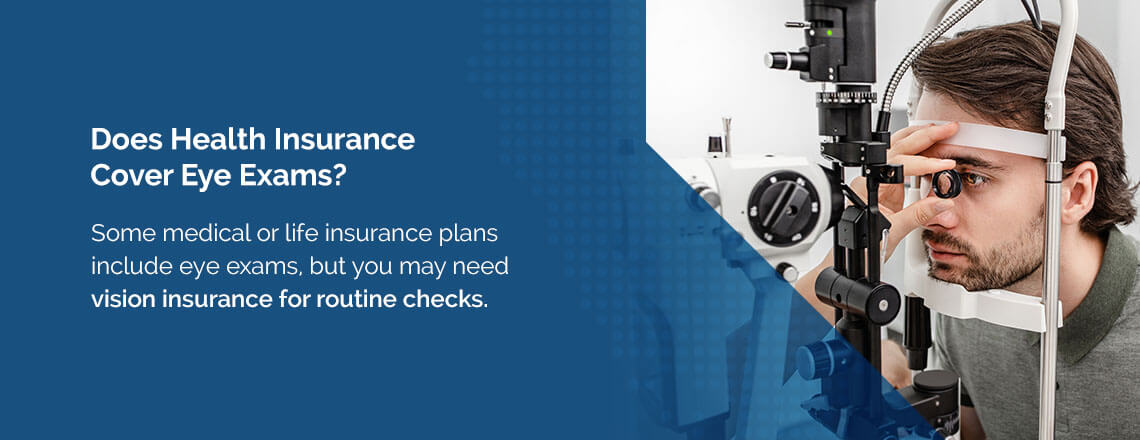Is vision therapy covered by insurance? This question sparks curiosity and leads us into exploring the world of vision therapy coverage, unraveling essential details and insights along the way.
Vision therapy encompasses various treatments aimed at improving visual conditions, with potential benefits that cater to different needs. Let’s delve deeper into the realm of insurance coverage for these therapies.
Overview of Vision Therapy Coverage
Vision therapy is a personalized program designed to improve and enhance visual skills and abilities. It involves a series of exercises and activities aimed at treating vision problems that cannot be fully corrected with glasses or contact lenses.
Types of Vision Therapy
- Orthoptic Vision Therapy: Focuses on eye teaming, eye tracking, and convergence skills.
- Visual Processing Therapy: Targets visual processing skills to improve how the brain interprets visual information.
- Neuro-Optometric Vision Therapy: Addresses vision problems related to brain injuries or neurological conditions.
Potential Benefits of Vision Therapy
- Improved Eye Tracking: Enhances the ability to smoothly and accurately track moving objects.
- Enhanced Depth Perception: Helps in judging distances and spatial relationships more accurately.
- Reduced Eye Strain: Alleviates discomfort and fatigue associated with prolonged visual tasks.
Insurance Coverage for Vision Therapy

When considering vision therapy, it is important to understand whether your insurance plan covers this type of treatment. Below, we will explore common insurance providers that may cover vision therapy, factors that determine coverage, and how to verify coverage with different insurance plans.
Common Insurance Providers for Vision Therapy
- Many private health insurance plans may offer coverage for vision therapy, including major providers such as Blue Cross Blue Shield, Aetna, Cigna, and UnitedHealthcare.
- Medicare and Medicaid may also cover vision therapy in certain cases, particularly for children with diagnosed vision-related issues.
- It is important to check with your specific insurance provider to determine the extent of coverage for vision therapy.
Factors Determining Coverage for Vision Therapy
- Coverage for vision therapy may depend on the specific diagnosis and medical necessity determined by a qualified eye care professional.
- Some insurance plans may require pre-authorization or a referral from a primary care physician or optometrist before covering vision therapy services.
- The type of insurance plan you have, such as a PPO, HMO, or POS plan, may also influence coverage for vision therapy.
Verifying Coverage for Vision Therapy
- Contact your insurance provider directly to inquire about coverage for vision therapy and obtain detailed information about any requirements or limitations.
- Review your insurance policy documents or online portal to understand the specific benefits and coverage options related to vision therapy.
- Ask your eye care provider to assist in verifying coverage and submitting any necessary documentation to your insurance company for reimbursement.
Out-of-Pocket Costs: Is Vision Therapy Covered By Insurance

When it comes to vision therapy, out-of-pocket costs can vary depending on the specific treatment plan, the duration of therapy, and the provider’s fees. It’s important to understand the potential financial implications of undergoing vision therapy without insurance coverage.
Potential Out-of-Pocket Costs
- Initial evaluation fees
- Therapy sessions fees
- Cost of specialized equipment or tools
- Follow-up appointments fees
- Additional testing or assessments fees
Tips for Managing Expenses, Is vision therapy covered by insurance
- Check if your provider offers payment plans or discounts for paying upfront.
- Look for vision therapy clinics that offer affordable rates or sliding scale fees based on income.
- Consider alternative financing options such as medical credit cards or healthcare loans.
- Discuss with your provider about prioritizing treatments based on your budget constraints.
Financial Implications Without Insurance Coverage
Without insurance coverage, vision therapy costs can quickly add up, potentially leading to a significant financial burden for individuals seeking treatment. It’s essential to carefully consider the costs involved and explore all available options to manage expenses effectively.
Reimbursement Process

When it comes to the reimbursement process for vision therapy services, there are certain steps and documentation requirements that need to be followed in order to receive coverage from insurance providers.
Necessary Documentation and Steps
- First, it is important to obtain a referral from a qualified eye care professional such as an optometrist or ophthalmologist recommending vision therapy.
- Next, check with your insurance provider to verify coverage for vision therapy services and understand any specific requirements they may have.
- Keep detailed records of all vision therapy sessions attended, including dates, services received, and progress made.
- Submit claims for reimbursement to your insurance company along with the necessary documentation, such as receipts and the referral from the eye care professional.
Examples of Reimbursement Rates
Reimbursement rates for vision therapy can vary depending on the insurance provider and the specific plan. Some insurance plans may cover a certain percentage of the cost, while others may have a set reimbursement rate per session.
For example, some insurance plans may cover up to 80% of the cost of vision therapy sessions, while others may reimburse a fixed amount per session, such as $50.
Conclusive Thoughts
In conclusion, understanding the nuances of vision therapy coverage and navigating the associated costs can greatly impact one’s decision-making process. Whether seeking reimbursement or managing out-of-pocket expenses, being informed is key to embarking on a vision therapy journey.
FAQs
Is vision therapy typically covered by insurance plans?
It depends on the insurance provider and the specific policy. Some plans may offer coverage for vision therapy, while others may not include it in their benefits.
How can I verify if my insurance plan covers vision therapy?
You can contact your insurance provider directly to inquire about coverage for vision therapy. They can provide details on what services are included in your plan.
Are there ways to manage out-of-pocket costs if vision therapy is not covered by insurance?
Some vision therapy clinics may offer payment plans or discounts for self-pay patients. It’s advisable to discuss payment options with the clinic beforehand.
